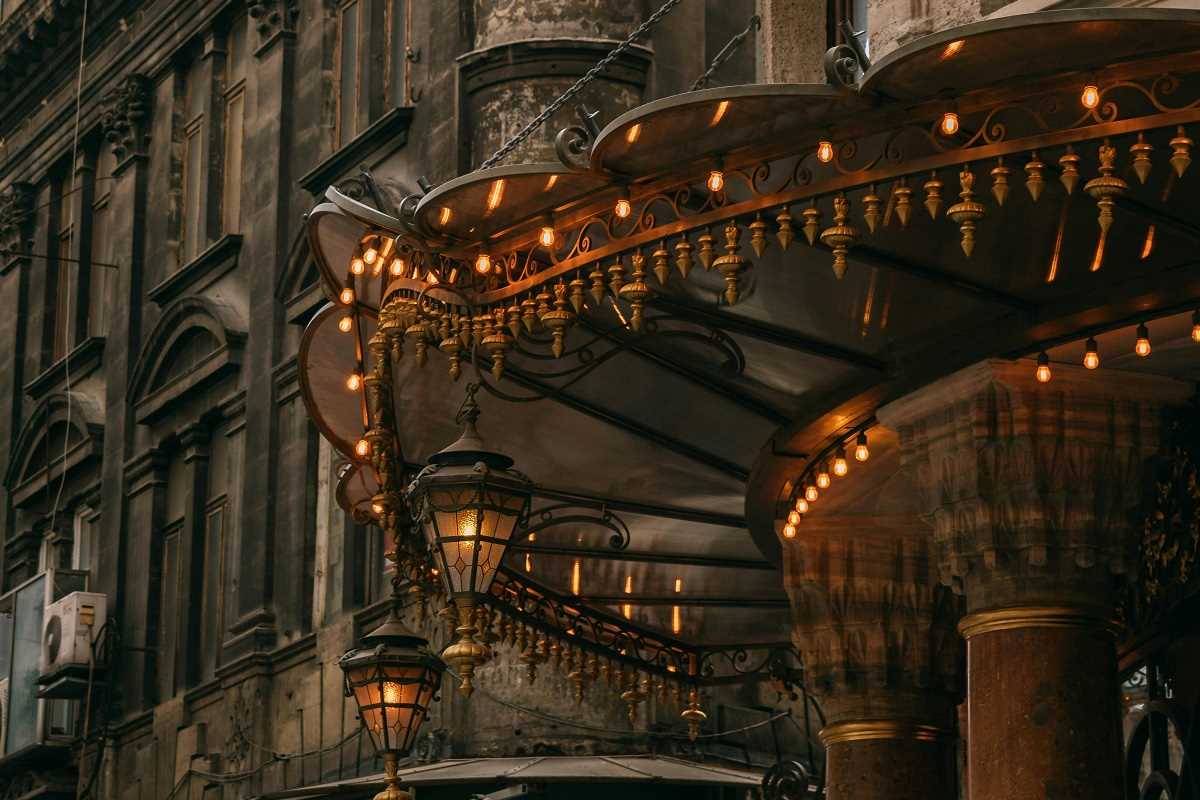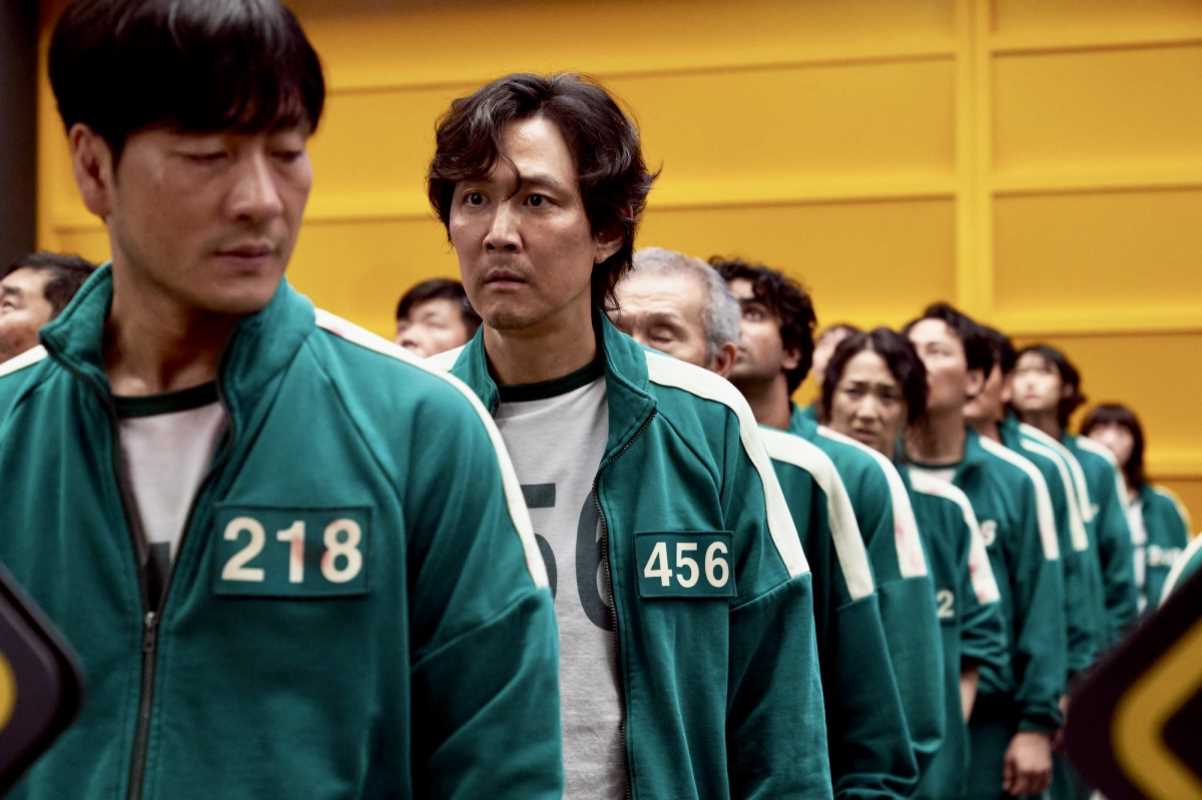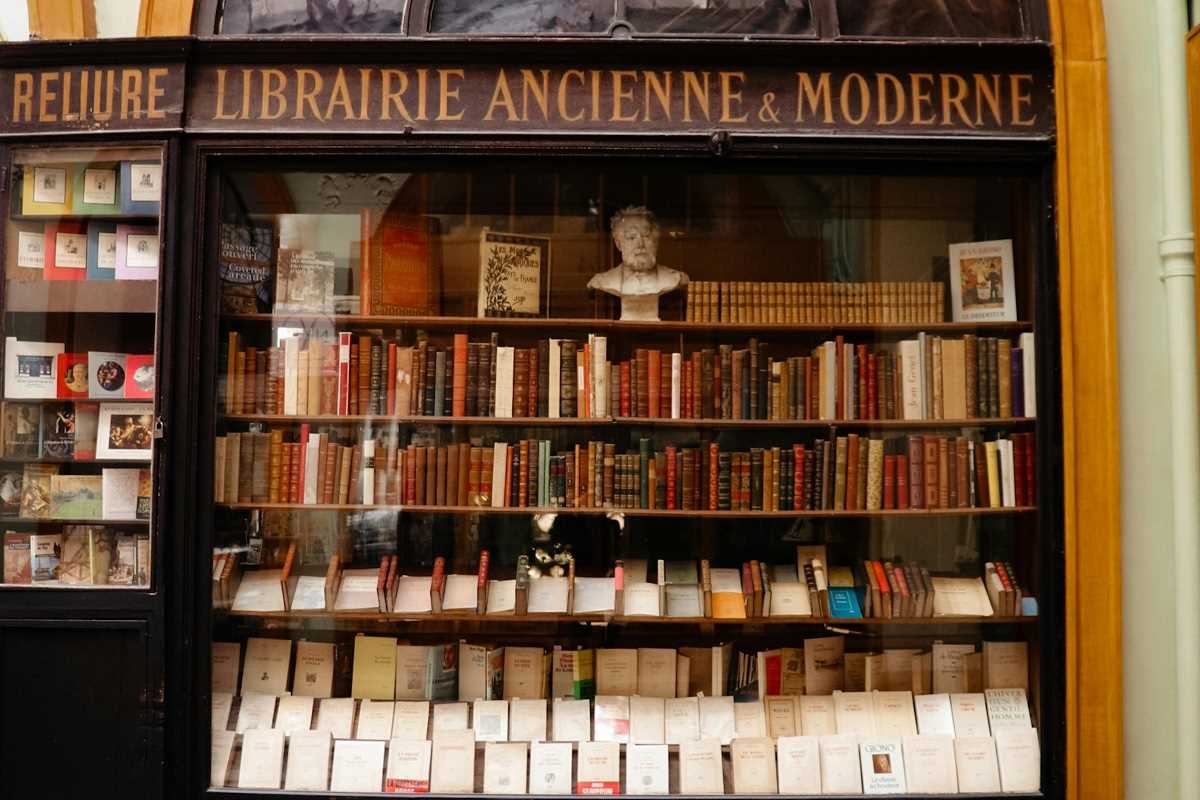Young adult (YA) novels are known for creating exciting and imaginative stories where readers can explore huge questions about life and society. Some of the best YA books mix dystopian worlds—futuristic societies where things have gone wrong—with folklore, the old stories, myths, and traditions passed down through generations. This mix creates gripping tales that feel both modern and timeless. It’s like adding a layer of magic to a dark world, making the stories even more meaningful.
Books like The Hunger Games by Suzanne Collins, Divergent by Veronica Roth, and The Giver by Lois Lowry are great examples of this. They don’t just entertain; they challenge readers to think deeply about society, power, and hope. But what makes this mix of dystopia and folklore so interesting, and why do young adults connect with these stories so strongly? Whether you are interested in writing your own story or are curious about the genre, here's what you should know...
Why Do YA Readers Love Dystopian Folklore?
YA novels with dystopian themes take readers into worlds that feel broken—governments are unfair, people are controlled, and freedom is often just a dream. These stories are exciting because the stakes are so high. For readers in high school, these books can feel especially relevant. They reflect the big questions teens ask as they begin to understand how the world works and their place in it.
When authors add folklore, they bring old, familiar elements into these harsh settings—stories about heroes, symbols of hope, and traditions that connect past generations to the future. These features make the worlds feel more real, while also reminding readers that even in the worst times, people use stories to find meaning and strength. It’s no wonder that YA readers find these stories so powerful—they show how resilience and courage can exist even in the face of overwhelming challenges.
The Hunger Games by Suzanne Collins
When it comes to dystopian YA novels with folklore influences, The Hunger Games is a standout. It’s set in Panem, a futuristic version of North America where society is divided into districts controlled by a rich and cruel Capitol. Each year, the Capitol forces children from the districts to participate in the Hunger Games, a deadly competition.
The Games are a stark example of folklore-inspired storytelling. They resemble ancient rituals or myths about sacrifice, where one individual is chosen to suffer for the “good” of the group. Katniss Everdeen, the protagonist, doesn’t want to play the hero. However, much like heroes in old myths, she’s thrust into the role by circumstance and rises to the challenge. Her story is relatable yet epic, which is why so many readers feel connected to her.
One of the most folklore-like ideas in The Hunger Games is the symbol of the mockingjay, a bird that represents resistance against the Capitol. It works like a piece of mythology, showing how symbols can inspire people to fight for change. The haunting song The Hanging Tree also feels like an old folktale. It becomes a rallying cry for rebellion, connecting the past struggles of oppressed people to the present fight.
Divergent by Veronica Roth
Veronica Roth’s Divergent series introduces readers to a dystopian world where society is divided into five factions, each representing a different value, like bravery (Dauntless) or honesty (Candor). This setup feels almost like something out of ancient folktales, where people’s identities were tied to specific traits or roles.
The protagonist, Tris Prior, doesn’t fit cleanly into one faction, making her what the society calls “Divergent.” This reflects the chosen one trope from folklore, where a character doesn’t follow the usual rules and becomes key to saving the world. Tris struggles to belong, but she ultimately realizes that breaking free from the system is the only way forward. This mirrors folklore themes about individuality and transformation.
The rituals in Divergent, like choosing a faction or going through tough initiation tests, feel inspired by cultural traditions. These moments add depth to the story because they highlight how societies use traditions, sometimes unfairly, to divide people. For readers, these moments challenge them to think about how we’re shaped by the systems we live in.
The Giver by Lois Lowry
Lois Lowry’s The Giver may not have battles or rebellions like the other books, but it’s still a powerful mix of dystopia and folklore. The story takes place in a society that has eliminated emotions, memories, and individuality to create sameness. Only one person, the Receiver of Memory, is allowed to remember the past, and that’s who Jonas, the young protagonist, is chosen to become.
The Giver himself feels like an elder from traditional folklore—a wise figure who carries the knowledge of the past and passes it on to the next generation. This idea of preserving history through storytelling is a key part of many cultures’ folktales, where knowledge is passed down to ensure survival.
When Jonas begins to see the world as it really is, he starts a heroic, almost mythic, quest to bring back emotion and freedom to his people. His decision to leave the safety of his community to find a better life reflects the archetypal hero's journey that we often see in folklore.
How Folklore Makes Dystopias Feel Real
Folklore isn’t just a fun detail in these books—it’s what makes their dystopian worlds feel more realistic and emotional. Every tradition or symbol serves a purpose, helping readers understand how the characters’ societies work and why they’re worth fighting for (or against). Folklore also introduces moments of hope, showing that even in dark times, people can find ways to hold onto their identity and humanity.
For example, in The Hunger Games, the mockingjay pin isn’t just a piece of jewelry—it’s a rebellion symbol. Or think of Jonas in The Giver, learning memories of snow, music, and love. These moments, inspired by folklore traditions like passing down wisdom, give characters reasons to fight against oppression.
Why High School Readers Connect with These Stories
High school readers are at a time in life when they’re figuring out who they are, what they believe in, and how they want the world to be. Dystopian folklore novels reflect these struggles in a big, exciting way. For example, Katniss, Tris, and Jonas all question the rules of their societies and decide to make changes, even though it’s risky. These stories show that standing up for what you believe in can be scary, but it’s also incredibly important.
Folklore makes these lessons even stronger. It connects readers to ancient ideas about courage, sacrifice, and identity. These themes come up in every culture’s stories, which is why they feel timeless and relatable.
Final Reflections
Blending dystopian worlds with folklore creates young adult stories that are both thought-provoking and powerful. Books like The Hunger Games, Divergent, and The Giver show us how these two genres work together to highlight big issues like inequality, freedom, and identity. At the same time, they remind us of the importance of hope.
These novels don’t just entertain—they challenge readers to think about their world and their place in it. For anyone who loves a good story with layers of meaning, dystopian folklore is the perfect choice. If you haven’t read these books yet, grab a copy. You might just find yourself inspired to write your own story—or even change the world.
 (Image via
(Image via





.jpg)